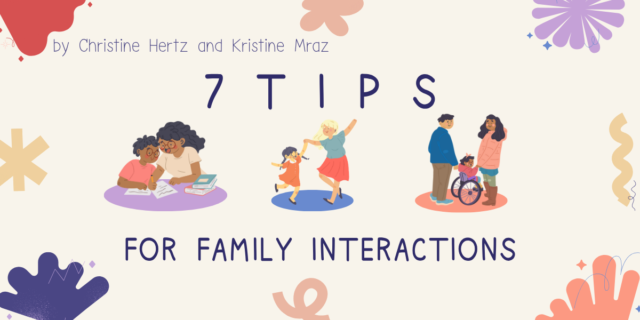
The following is adapted from Kids First From Day One by Christine Hertz and Kristine Mraz.
Sometimes when we enter new teaching situations, we grip what we know with an iron will, but flexibility is key to success in teaching. Add to that the fact that almost all teachers are asked, at some point, to teach certain standards in a certain way at a certain time of the school year, and it can feel like there is only one route to take in your classroom. If you are a brand-new teacher, you might have left your first week of inservice with sets of curricula for math, reading, writing, word study, science, and social studies stuffed into your teacher tote bag and a head spinning with questions. And we all know that new things are always being added to our teaching plates, every year—forget last year’s math curriculum, this year we’re doing this one!
One of the biggest balancing acts of teaching is finding ways to be flexible in the often inflexible context in which you’ve found yourself. It’s not hard to fear that being flexible will lead you astray from what you need to do. You know you must teach and what’s expected, but it is important to weave in your own style of teaching and stay true to your anchoring beliefs. How can that happen? And what about the interests, passions, and needs all of the students in front of you? How can you balance it all? First, take a breath—this gets easier; next, take a close look at exactly what is and what is not in your control. There is often more wiggle room than might first appear. Then, find your flexibility and run with it!
What Is Always in Your Control?
- Your classroom environment: Even if you can’t pick out the nicest furniture, what you bring into your classroom, how you arrange your furniture, and what you put on your walls (or don’t!) are largely under your control. Let your space reflect your beliefs about teaching and, most importantly, your children and your class.
- Your relationships with children: When all else fails, fall back on really, truly getting to know and connecting with your children. This foundation of compassion, understanding, and empathy should be the basis for every aspect of your teaching.
- Your spirit of joy and play: Find ways to bring humor, story, and laughter into the seemingly most mundane lessons or procedures by remembering that, above all else, you teach children!




